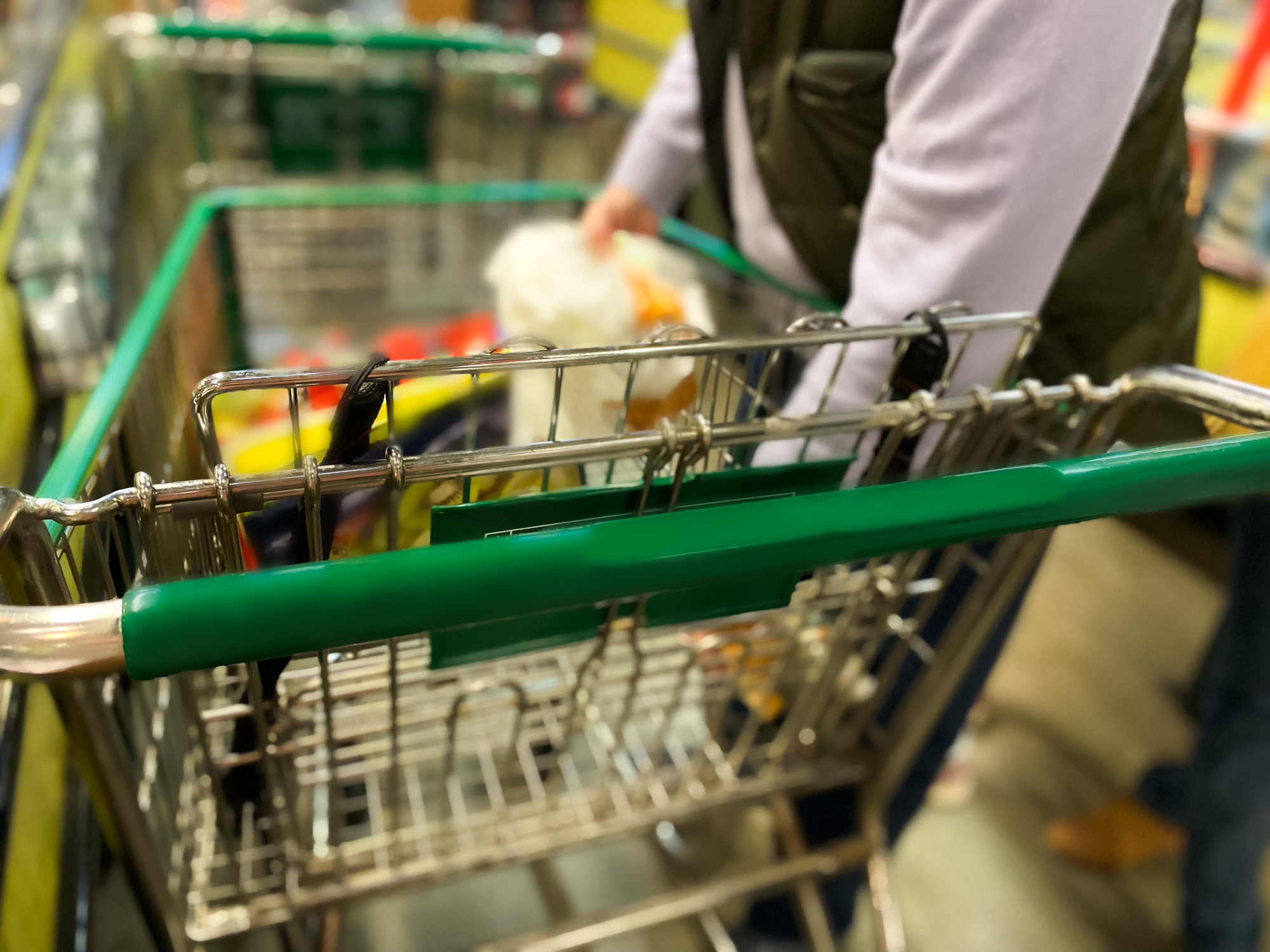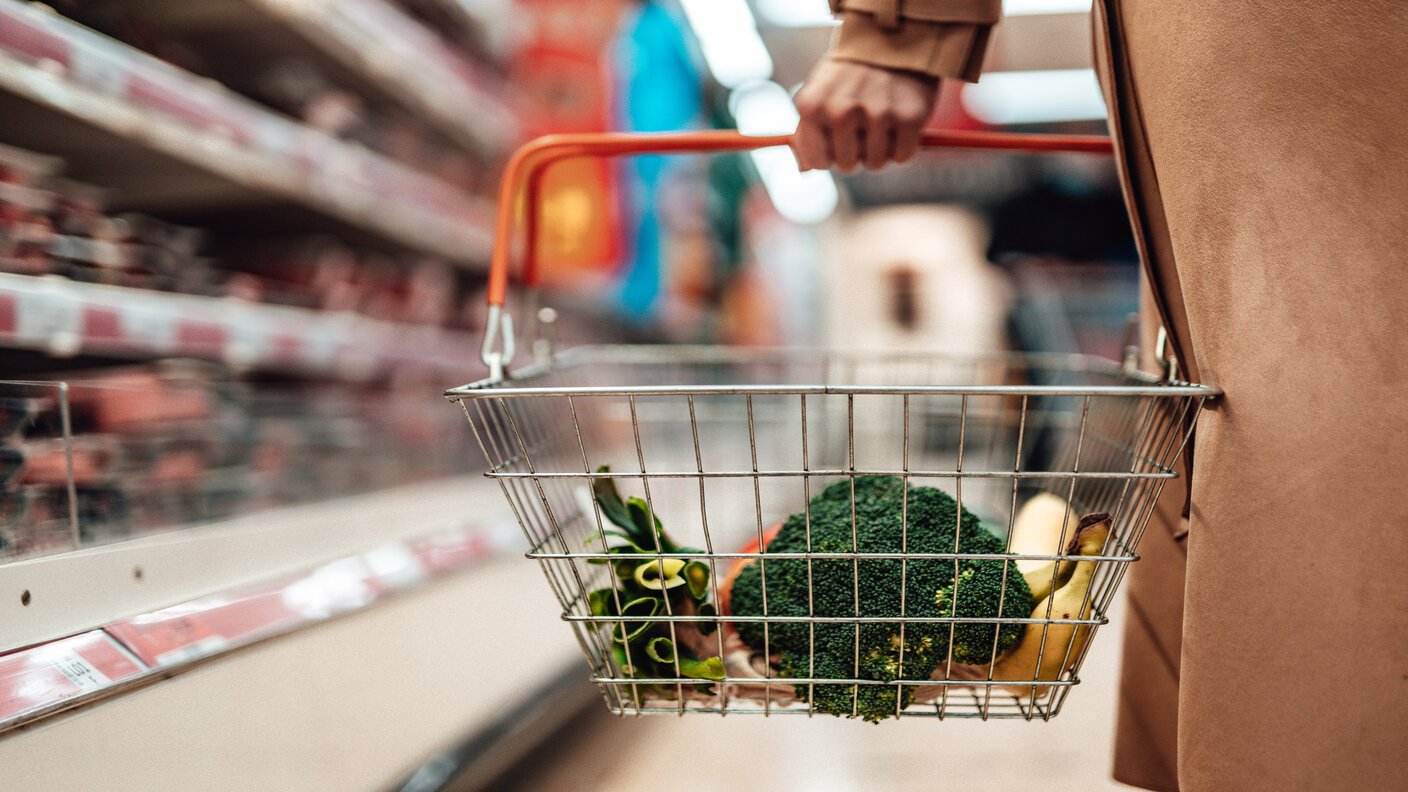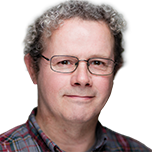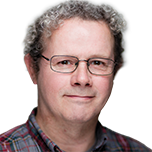Welcome back, and a happy new year.
In the year’s first issue, we’re looking ahead to what to buy in 2022. Kicking things off, Dr Mike Tubbs casts his eye over the biotech sector – and vaccine-makers in particular. Covid-19 vaccines have made huge profits for some (and less for others). Mike looks at what worked and what didn’t, and picks the best stocks in the sector.
Mike Taylor revisits the Aim market – London’s junior stockmarket. This time last year he picked five risky small-cap stocks. This week, he looks back at their performance over the last 12 months and picks four new stocks that he thinks could do very well this year.
MoneyWeek
Subscribe to MoneyWeek today and get your first six magazine issues absolutely FREE

Sign up to Money Morning
Don't miss the latest investment and personal finances news, market analysis, plus money-saving tips with our free twice-daily newsletter
Don't miss the latest investment and personal finances news, market analysis, plus money-saving tips with our free twice-daily newsletter
And finally, Tim Dams investigates the streaming video market. The sector did very well as we retired to our sofas to watch box set after box set. But what does the future hold, and which stocks should you buy? Find out in this week’s magazine. And if you’re not already a subscriber, sign up here and get your first six issues free.
The podcast is back, with Merryn and John looking forward to a year which they hope won’t be mired in more misery. Unfortunately, it’s not starting all that well. Interest rates are starting to rise, energy prices are going through the roof and house prices are doing the same. Listen to what they have to say here.
Here are the links for this week’s editions of Money Morning and other web articles you may have missed:
- Tuesday Money Morning: Equity markets are growing again – but that might not be good news for investors
- Merryn’s blog: The markets in 2022: why investors should tread very carefully
- Wednesday Money Morning: Frisby’s Forecasts – what does 2022 have in store for investors?
- Thursday Money Morning: Interest rates might rise faster than expected – what does that mean for your money?
- Friday Money Morning: What does 2022 hold for UK house prices?
- Cryptocurrency roundup: Bitcoin crashes to its lowest in three months
Now for the charts of the week.
The charts that matter
Gold fell along with wider markets.

(Gold: three months)
The US dollar index (DXY – a measure of the strength of the dollar against a basket of the currencies of its major trading partners) saw little action this week.

(DXY: three months)
The Chinese yuan (or renminbi) was little moved, too (when the red line is rising, the dollar is strengthening while the yuan is weakening).

(Chinese yuan to the US dollar: since 25 Jun 2019)
The yield on the ten-year US government bond shot up after the US Federal Reserve released its minutes which made it clear that interest rates could rise much earlier than markets expected (yields move inversely to prices, so as prices fall, yields rise).

(Ten-year US Treasury yield: three months)
But the yield on the Japanese ten-year bond saw a similarly big rise.

(Ten-year Japanese government bond yield: three months)
And the yield on the ten-year German Bund headed up too, but stopped short of turning positive.

(Ten-year Bund yield: three months)
Copper fell.

(Copper: nine months)
And the closely-related Aussie dollar slipped, too.

(Aussie dollar vs US dollar exchange rate: three months)
Bitcoin tumbled to its lowest price in over three months.

(Bitcoin: three months)
US weekly initial jobless claims rose by 7,000 to 207,000. The four-week moving average rose by 4,750 to 204,550.

(US initial jobless claims, four-week moving average: since Jan 2020)
The oil price continued its rise – the Opec+ production cartel raised output less than expected in December, with supply constraints in Libya and Kazakhstan spurring the price higher.

(Brent crude oil: three months)
Amazon fell hard – the tech-heavy Nasdaq index was among the worst-hit in this week’s selloff as investors dumped growth stocks.

(Amazon: three months)
Tesla headed lower, too.

(Tesla: three months)
Have a great weekend.
Get the latest financial news, insights and expert analysis from our award-winning MoneyWeek team, to help you understand what really matters when it comes to your finances.
Ben studied modern languages at London University's Queen Mary College. After dabbling unhappily in local government finance for a while, he went to work for The Scotsman newspaper in Edinburgh. The launch of the paper's website, scotsman.com, in the early years of the dotcom craze, saw Ben move online to manage the Business and Motors channels before becoming deputy editor with responsibility for all aspects of online production for The Scotsman, Scotland on Sunday and the Edinburgh Evening News websites, along with the papers' Edinburgh Festivals website.
Ben joined MoneyWeek as website editor in 2008, just as the Great Financial Crisis was brewing. He has written extensively for the website and magazine, with a particular emphasis on alternative finance and fintech, including blockchain and bitcoin.
As an early adopter of bitcoin, Ben bought when the price was under $200, but went on to spend it all on foolish fripperies.
-
 ‘Why I have ditched my Help to Buy ISA for cash savings and the stock market’
‘Why I have ditched my Help to Buy ISA for cash savings and the stock market’Without the 25% bonus, my Help to Buy ISA is effectively redundant, says MoneyWeek writer Sam Walker.
-
 Is your inheritance tax allowance cut if you sell to downsize or sell your home to pay for care?
Is your inheritance tax allowance cut if you sell to downsize or sell your home to pay for care?Downsizing relief is a little-known benefit that could save your loved ones tens of thousands of pounds in inheritance tax after you’ve died.
-
 UK wages grow at a record pace
UK wages grow at a record paceThe latest UK wages data will add pressure on the BoE to push interest rates even higher.
-
 Trapped in a time of zombie government
Trapped in a time of zombie governmentIt’s not just companies that are eking out an existence, says Max King. The state is in the twilight zone too.
-
 America is in deep denial over debt
America is in deep denial over debtThe downgrade in America’s credit rating was much criticised by the US government, says Alex Rankine. But was it a long time coming?
-
 UK economy avoids stagnation with surprise growth
UK economy avoids stagnation with surprise growthGross domestic product increased by 0.2% in the second quarter and by 0.5% in June
-
 Bank of England raises interest rates to 5.25%
Bank of England raises interest rates to 5.25%The Bank has hiked rates from 5% to 5.25%, marking the 14th increase in a row. We explain what it means for savers and homeowners - and whether more rate rises are on the horizon
-
 UK inflation remains at 8.7% ‒ what it means for your money
UK inflation remains at 8.7% ‒ what it means for your moneyInflation was unmoved at 8.7% in the 12 months to May. What does this ‘sticky’ rate of inflation mean for your money?
-
 Would a food price cap actually work?
Would a food price cap actually work?Analysis The government is discussing plans to cap the prices of essentials. But could this intervention do more harm than good?
-
 Is my pay keeping up with inflation?
Is my pay keeping up with inflation?Analysis High inflation means take home pay is being eroded in real terms. An online calculator reveals the pay rise you need to match the rising cost of living - and how much worse off you are without it.

